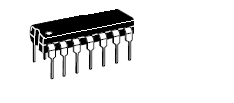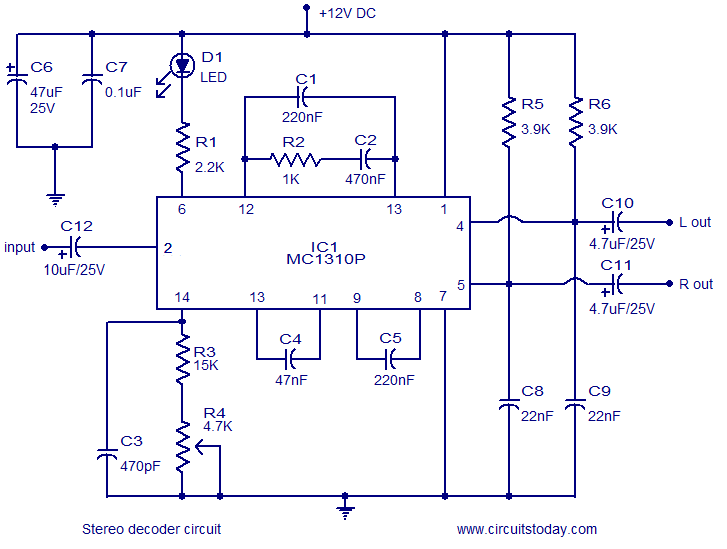I've never built any radios but have put together a few simple Bluetooth speaker circuits. I want to build a simple transistor-based broadcast FM radio. There are many plans and circuit diagrams available online that I can follow, but they are all going to produce mono output. I'm admittedly a "newbie" at most of this but want to know the theory about how to get separate feeds for both channels. Can somebody give me some ideas and/or some diagrams?
If it makes a difference for the answer, I'm going to be sending the output to a small, digital amp module.
If it makes a difference for the answer, I'm going to be sending the output to a small, digital amp module.




